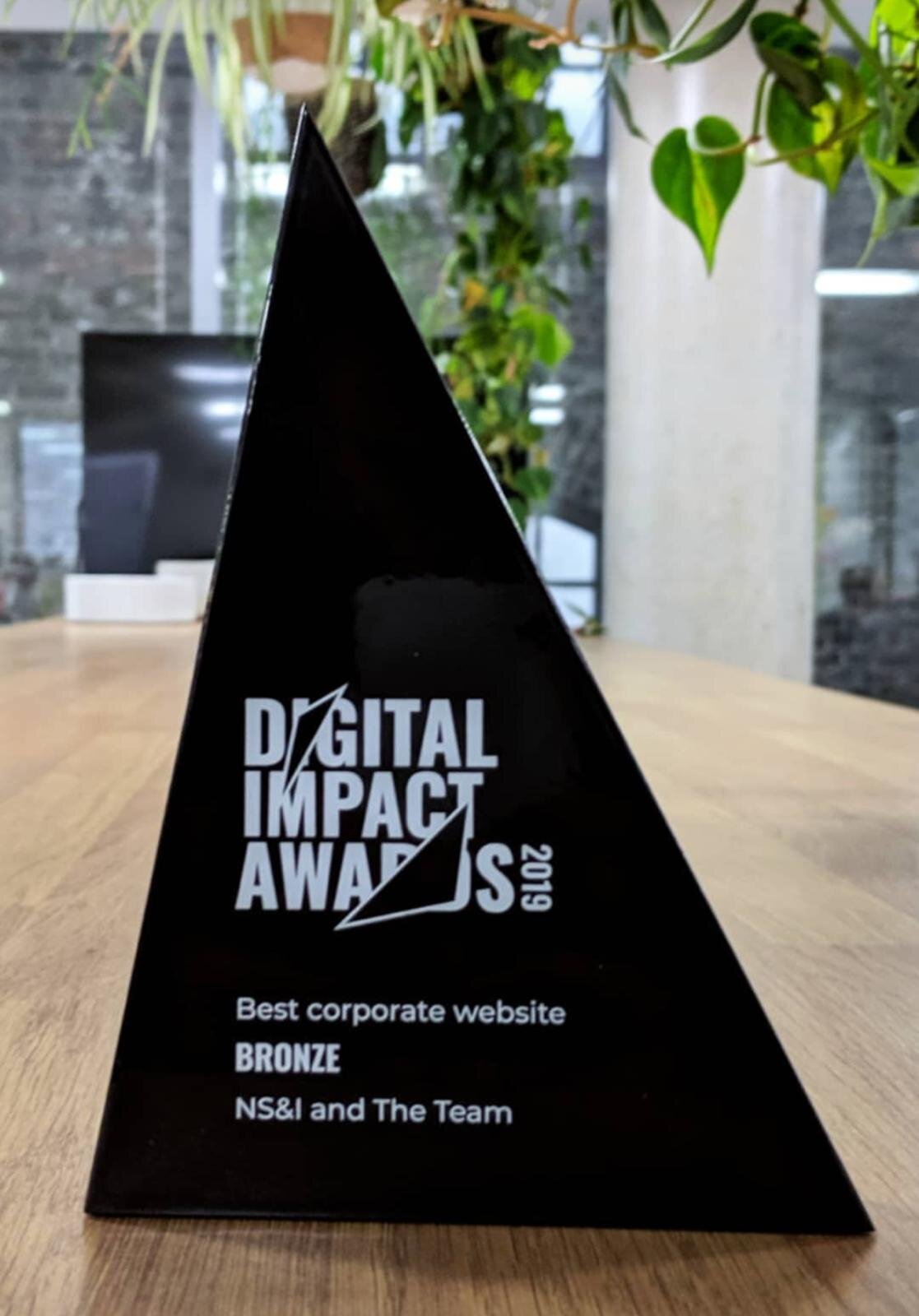The Challenge
NS&I are a British Institution dating back to the 1860s, but have had a tough time modernising their service and public image to reflect the modern financial marketplace. Having refreshed much else of their digital estate, their corporate site still looked dated and was not fully serving key audiences and the public. Its information architecture was suffering from an encroachment of marketing jargon and its content was out-of-date, stale and miscellaneous.
With this in mind, I sat out to construct a site that was at once both modern and innovative but mindful of its rich and facinating past.


